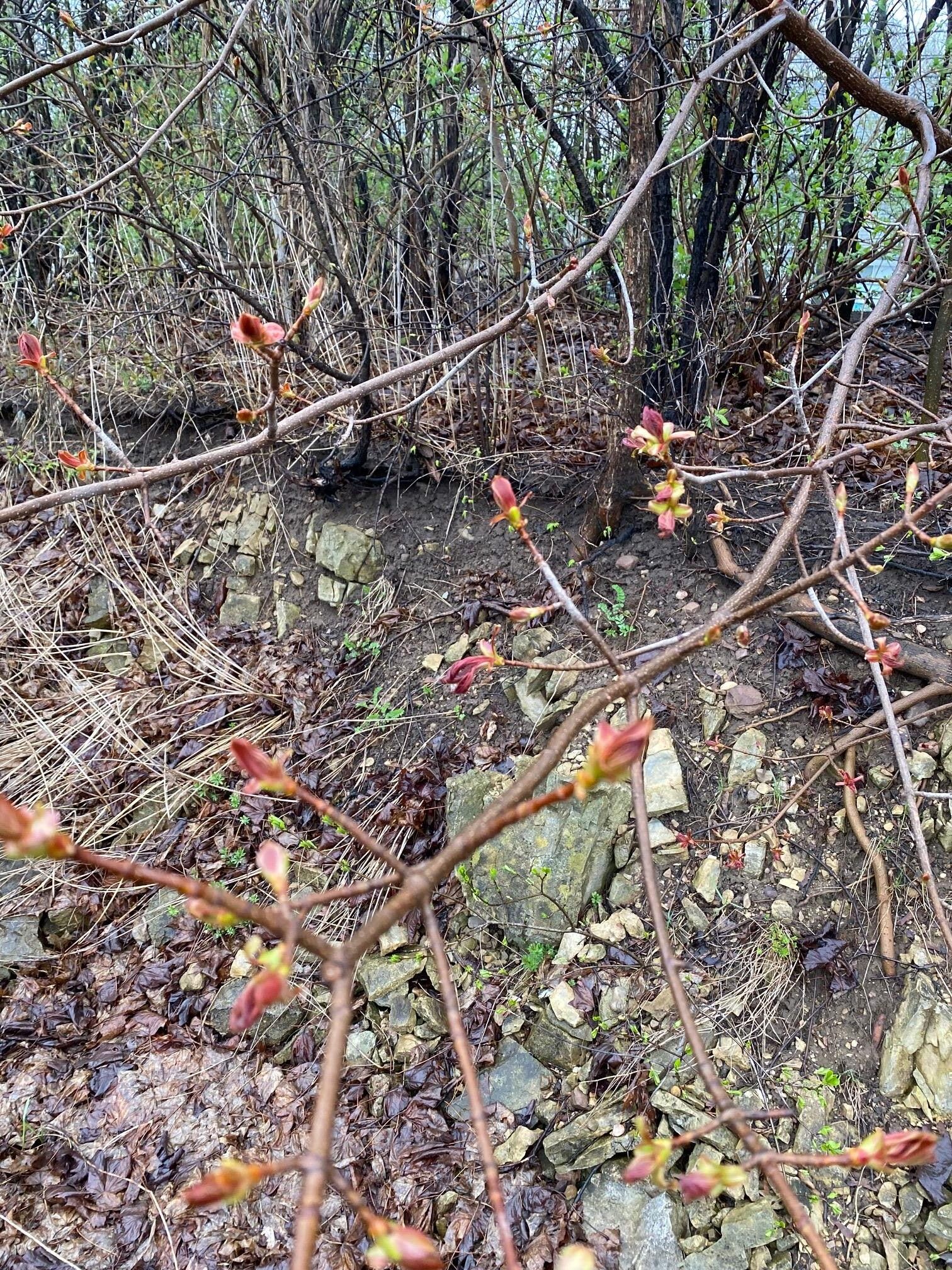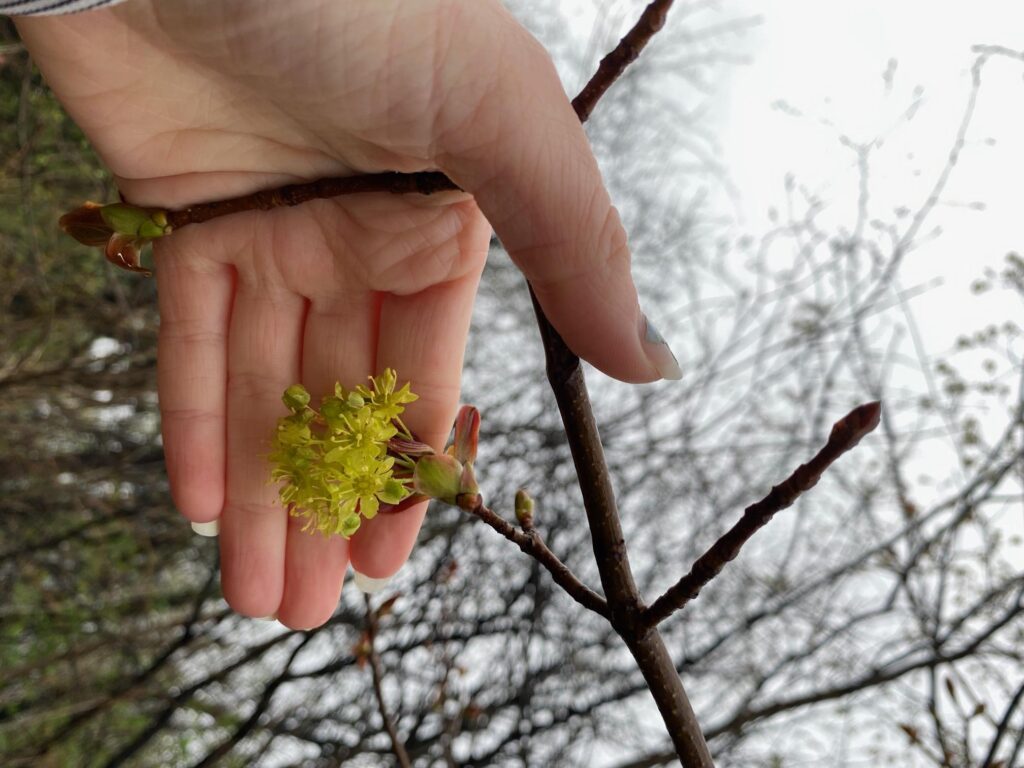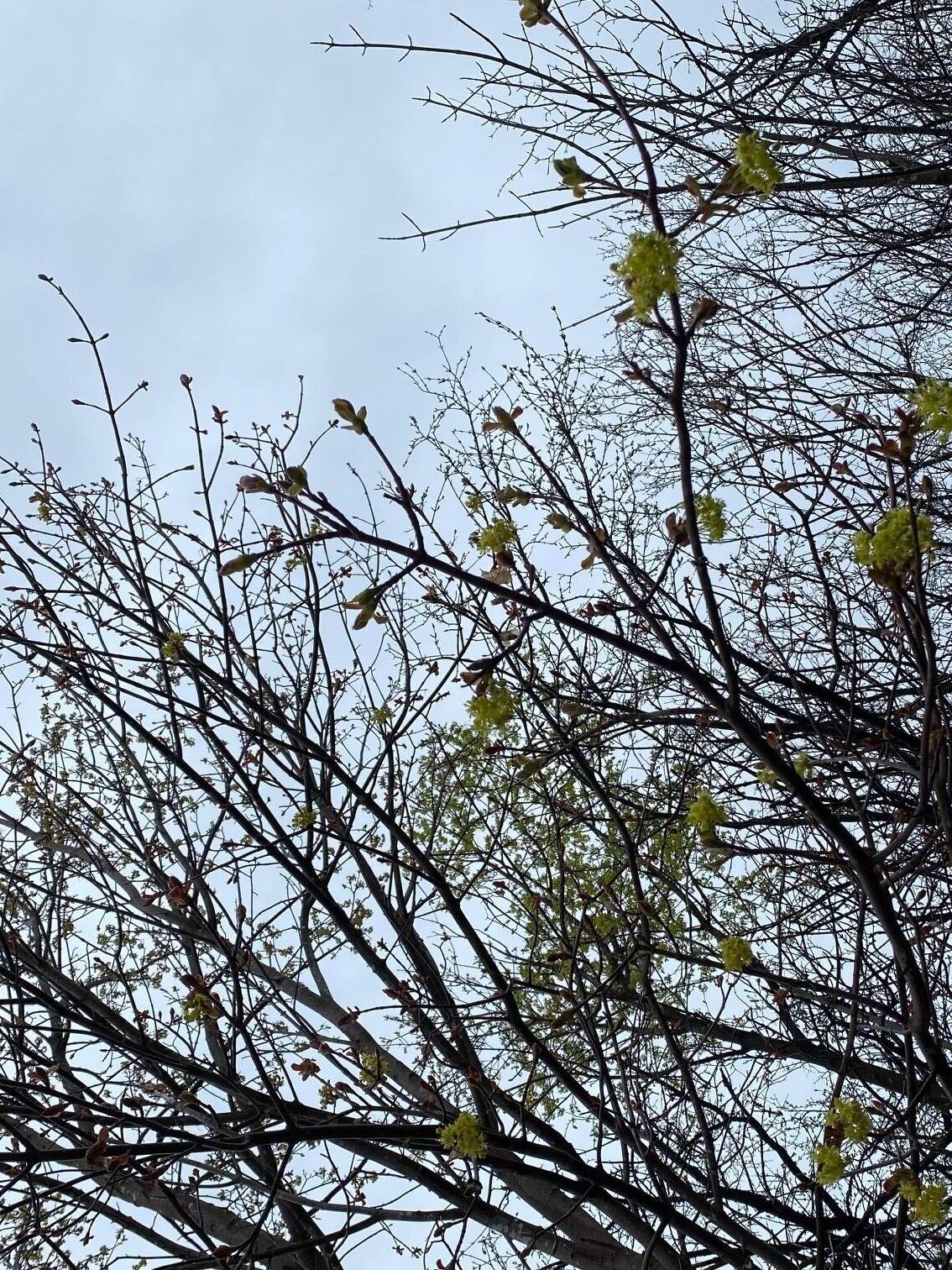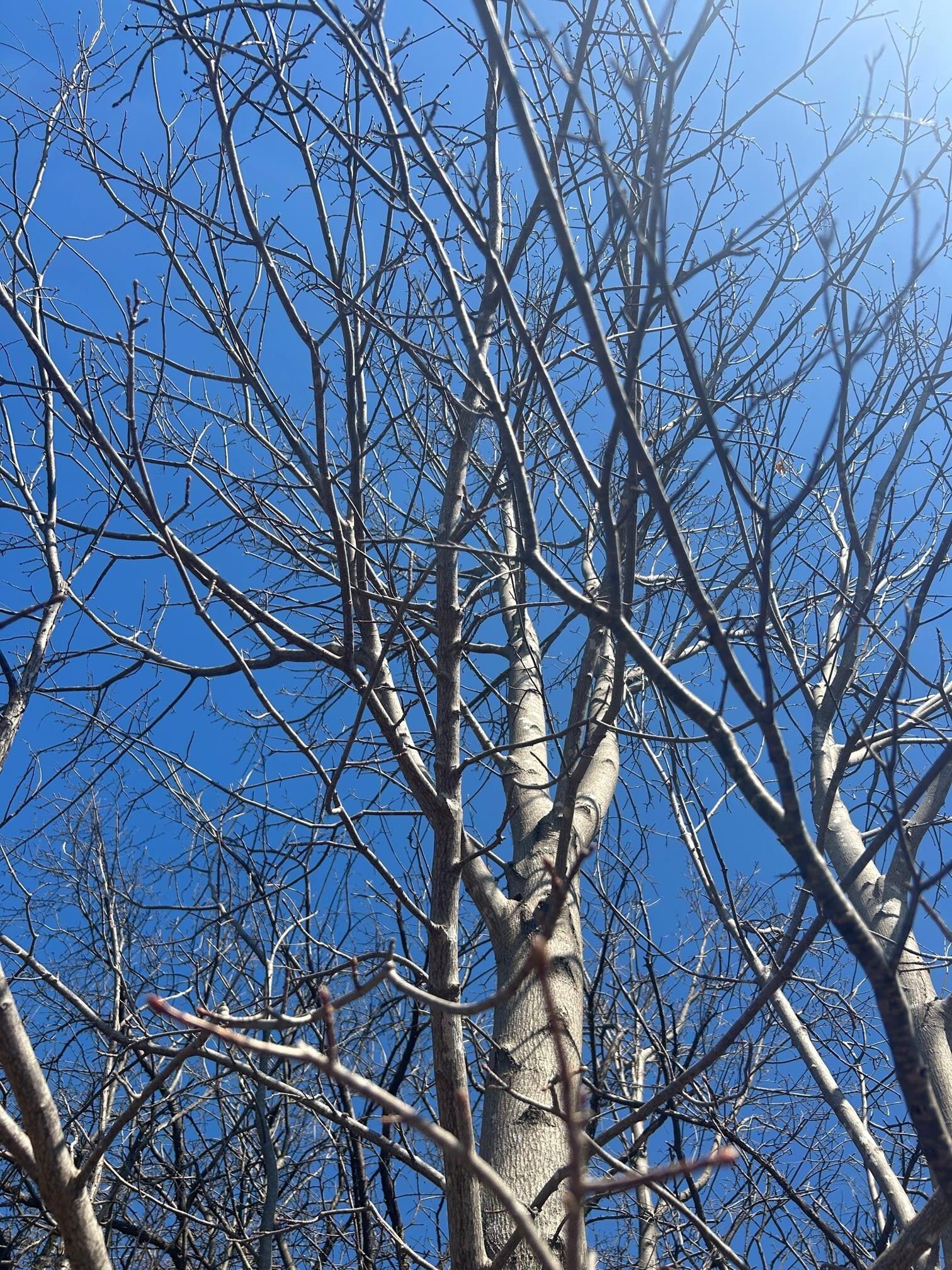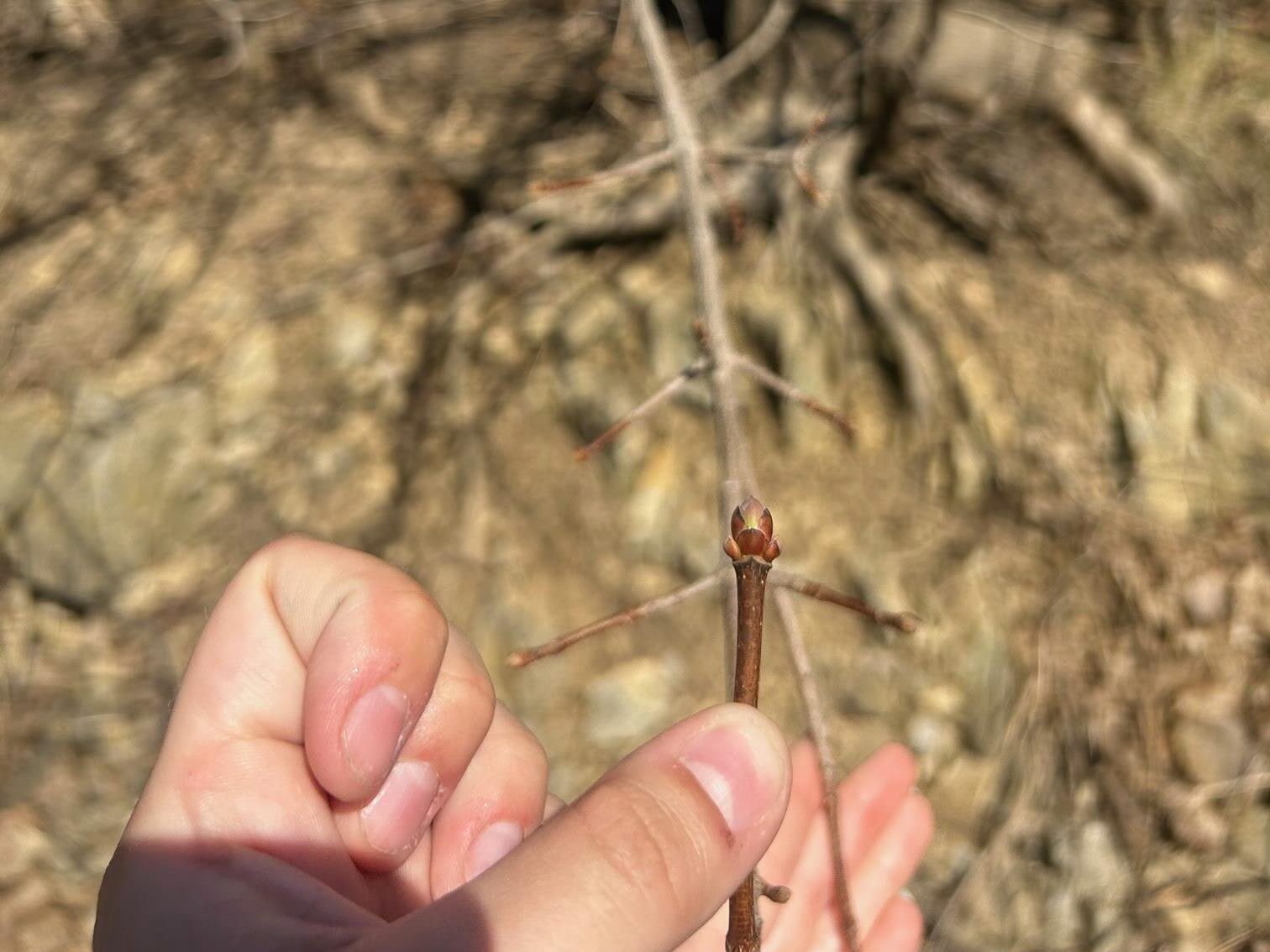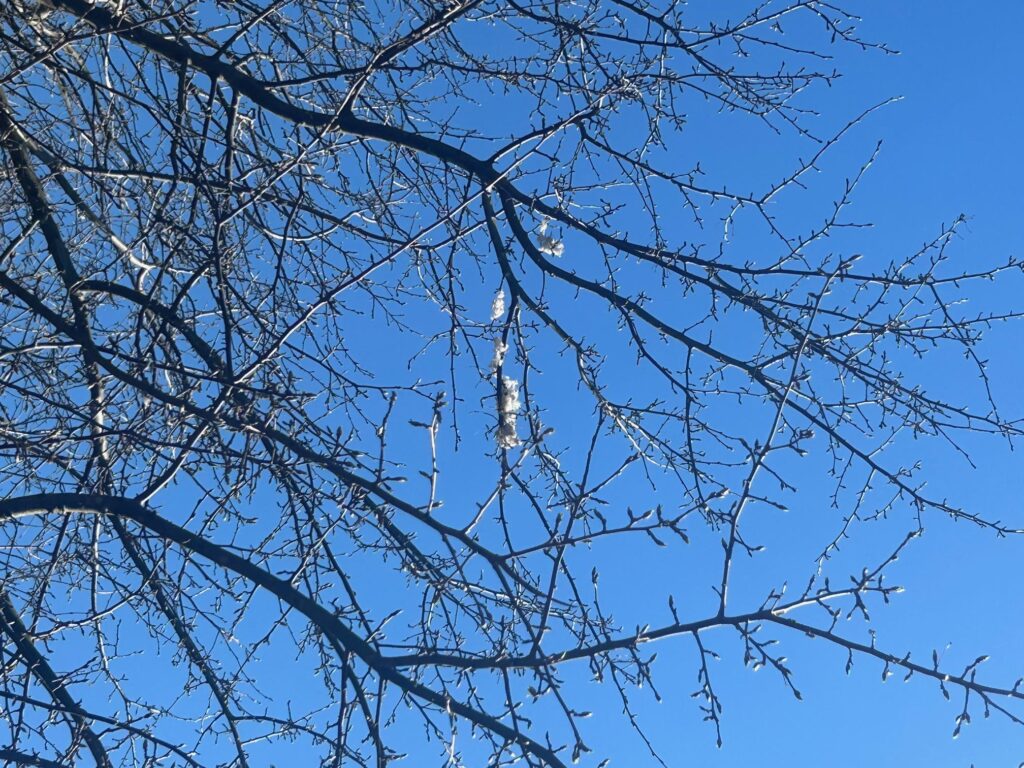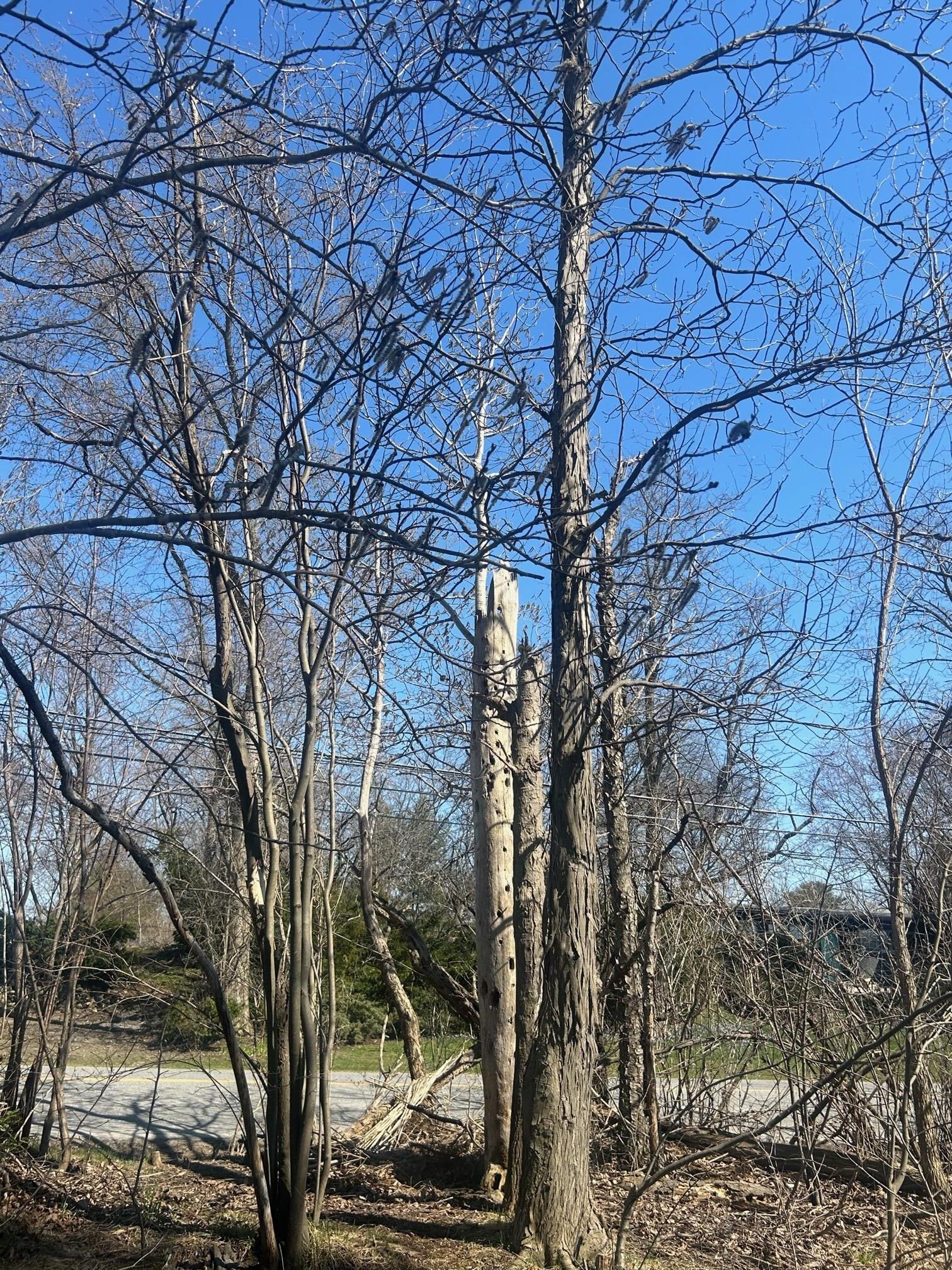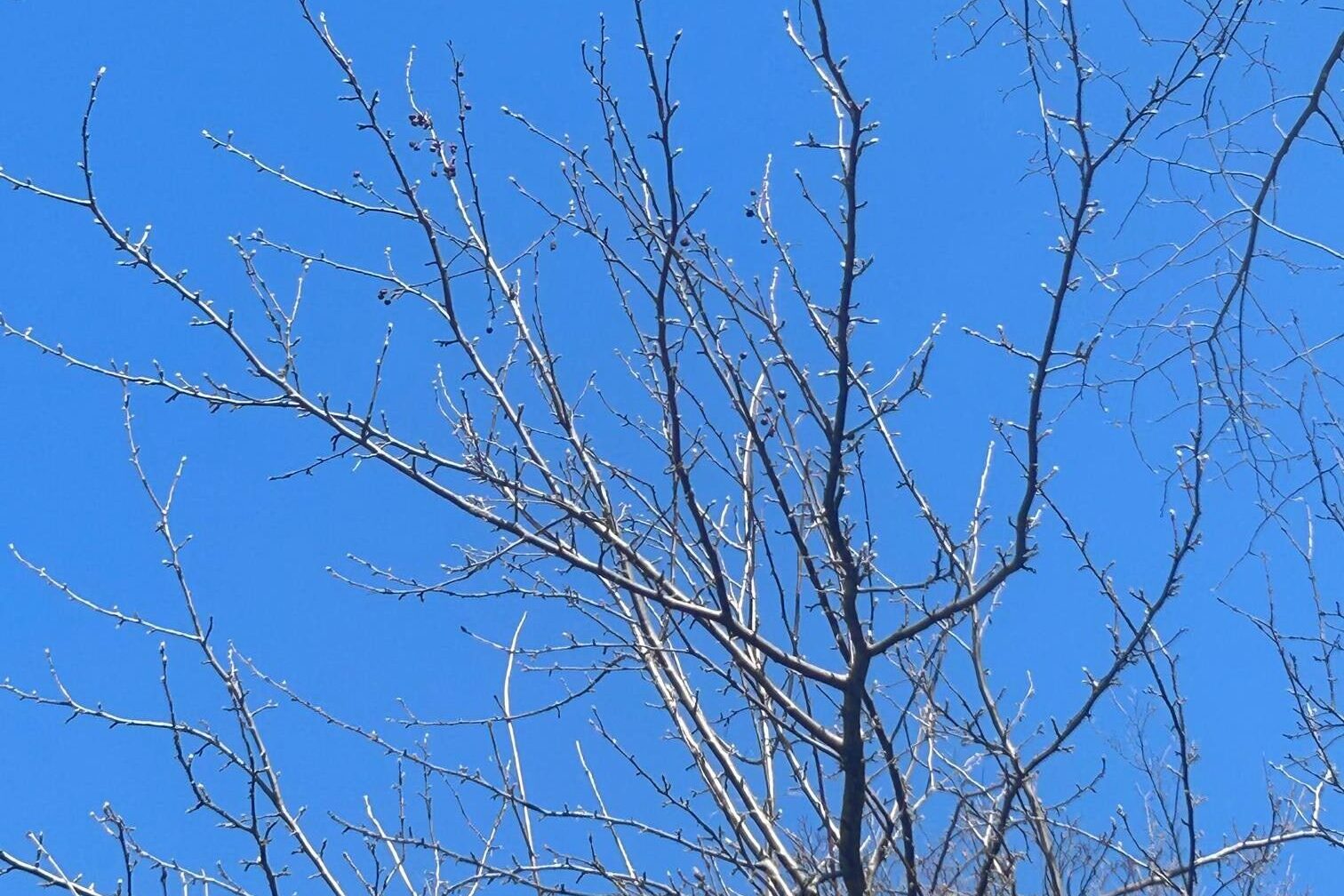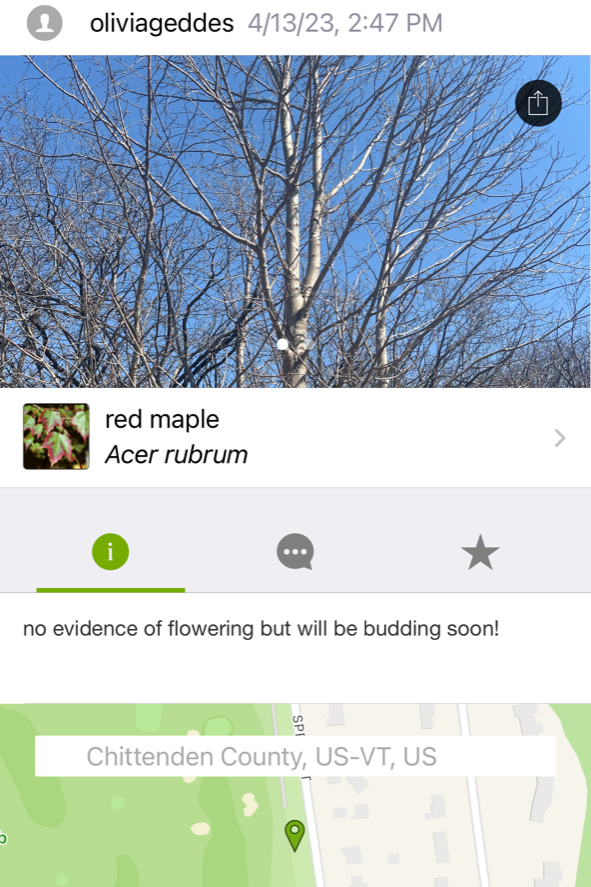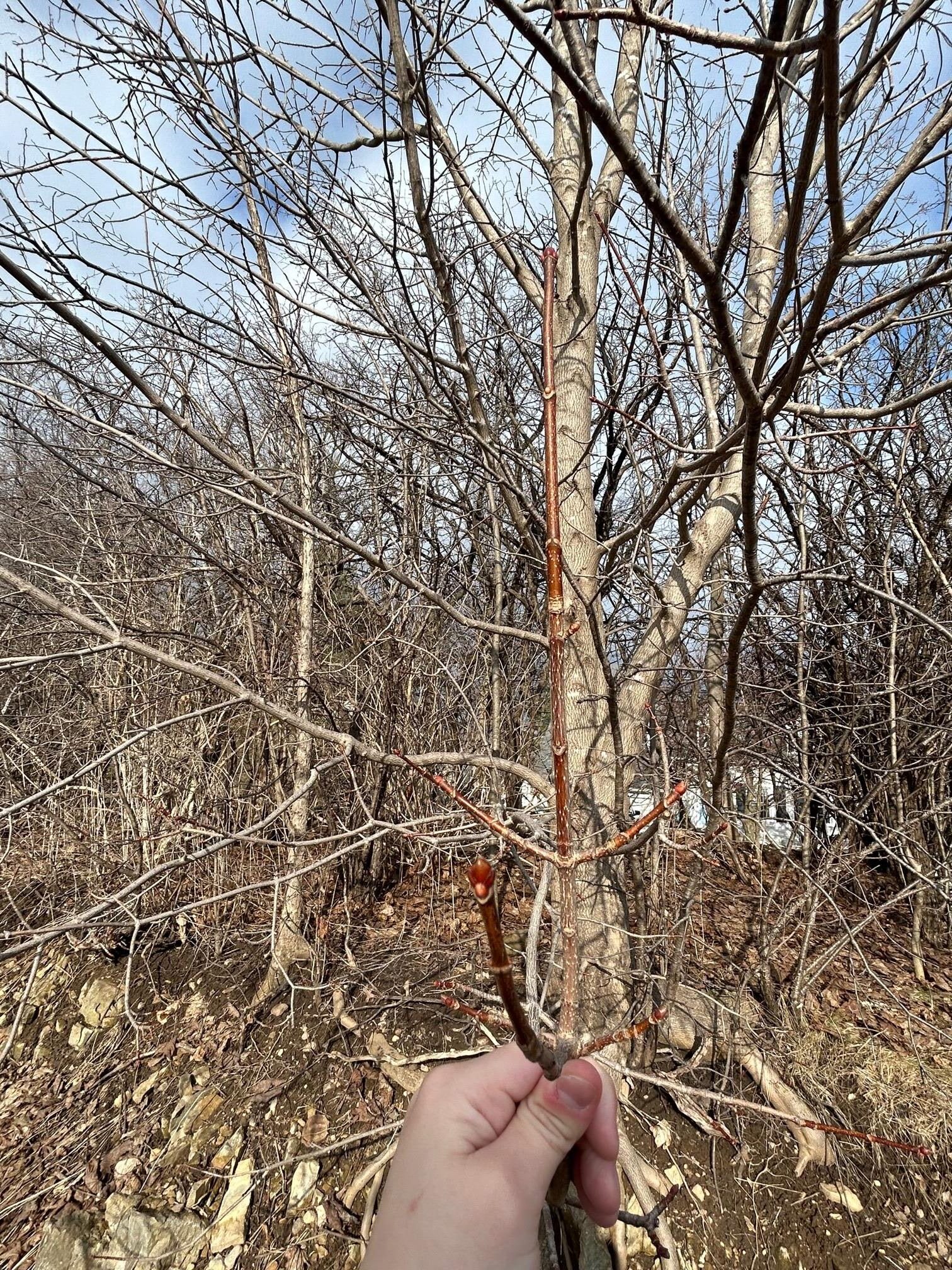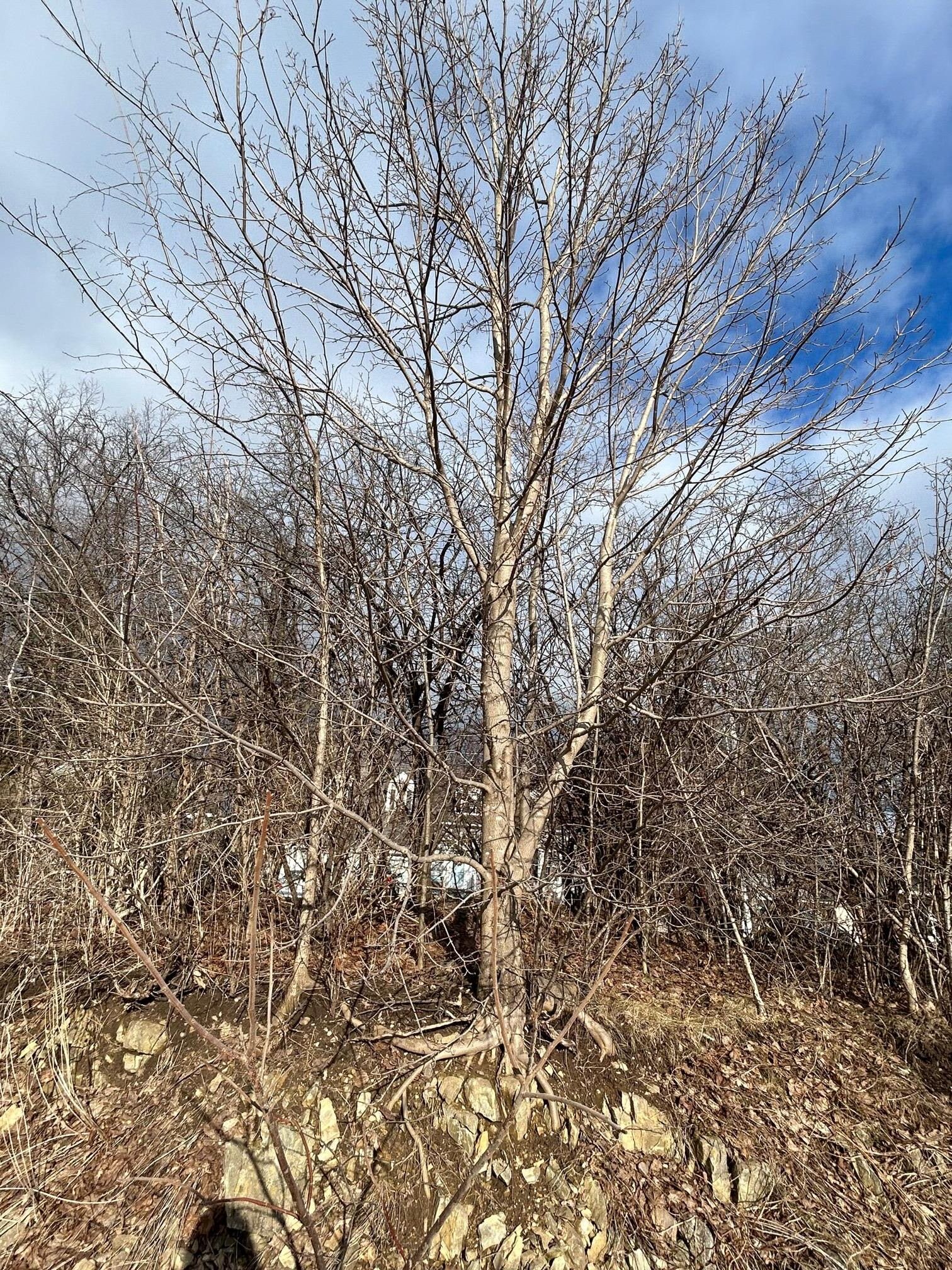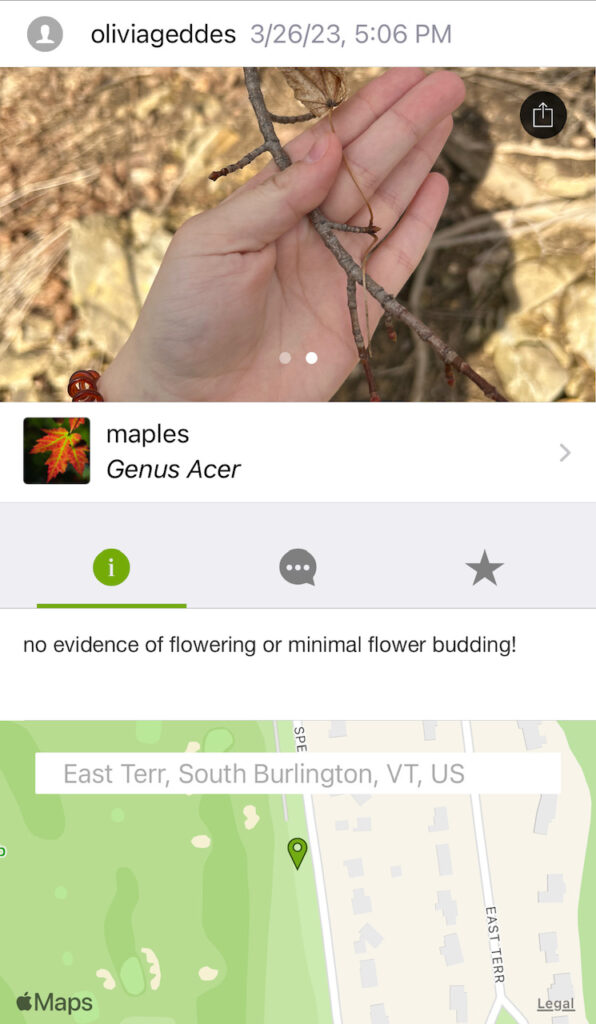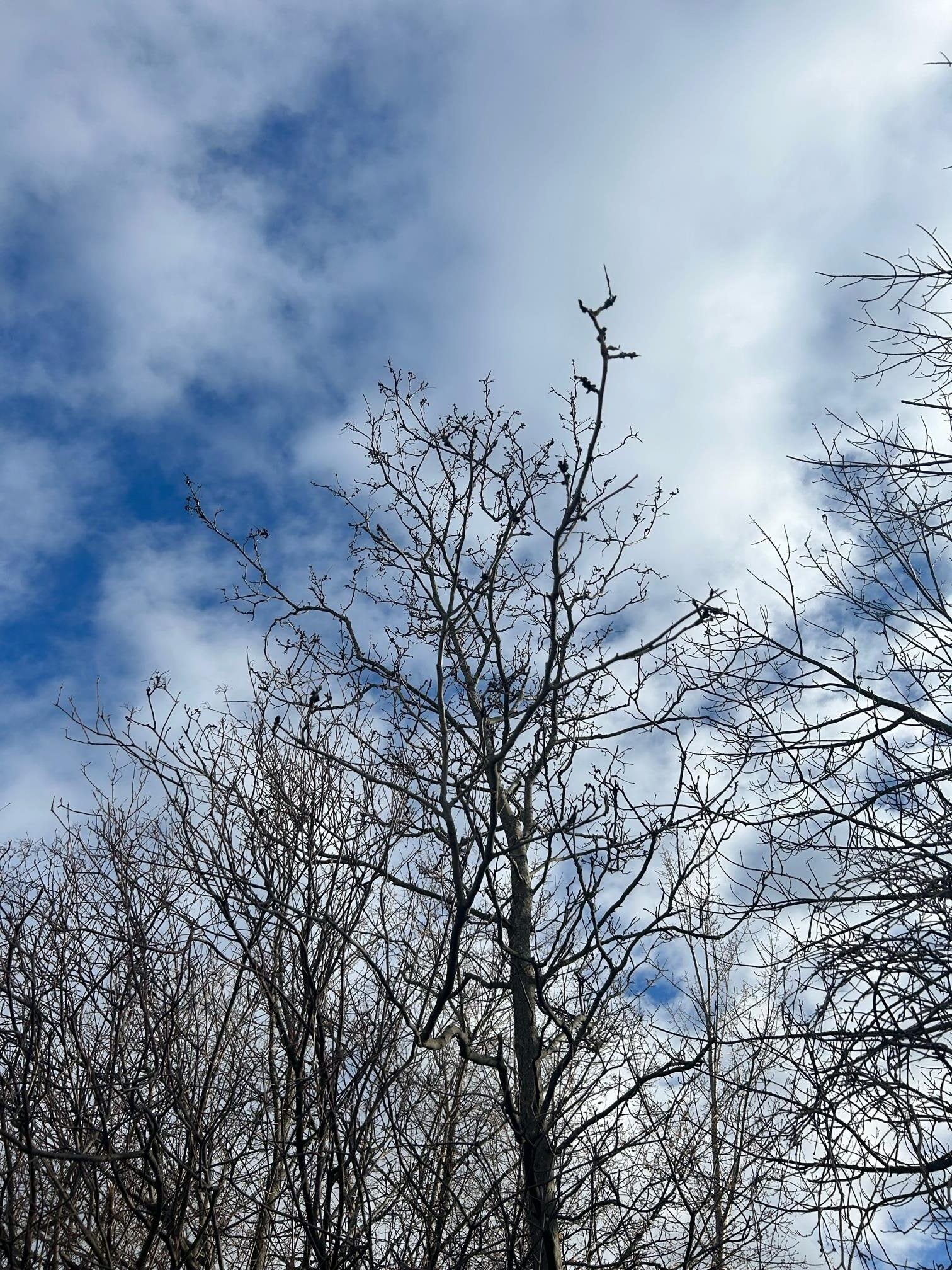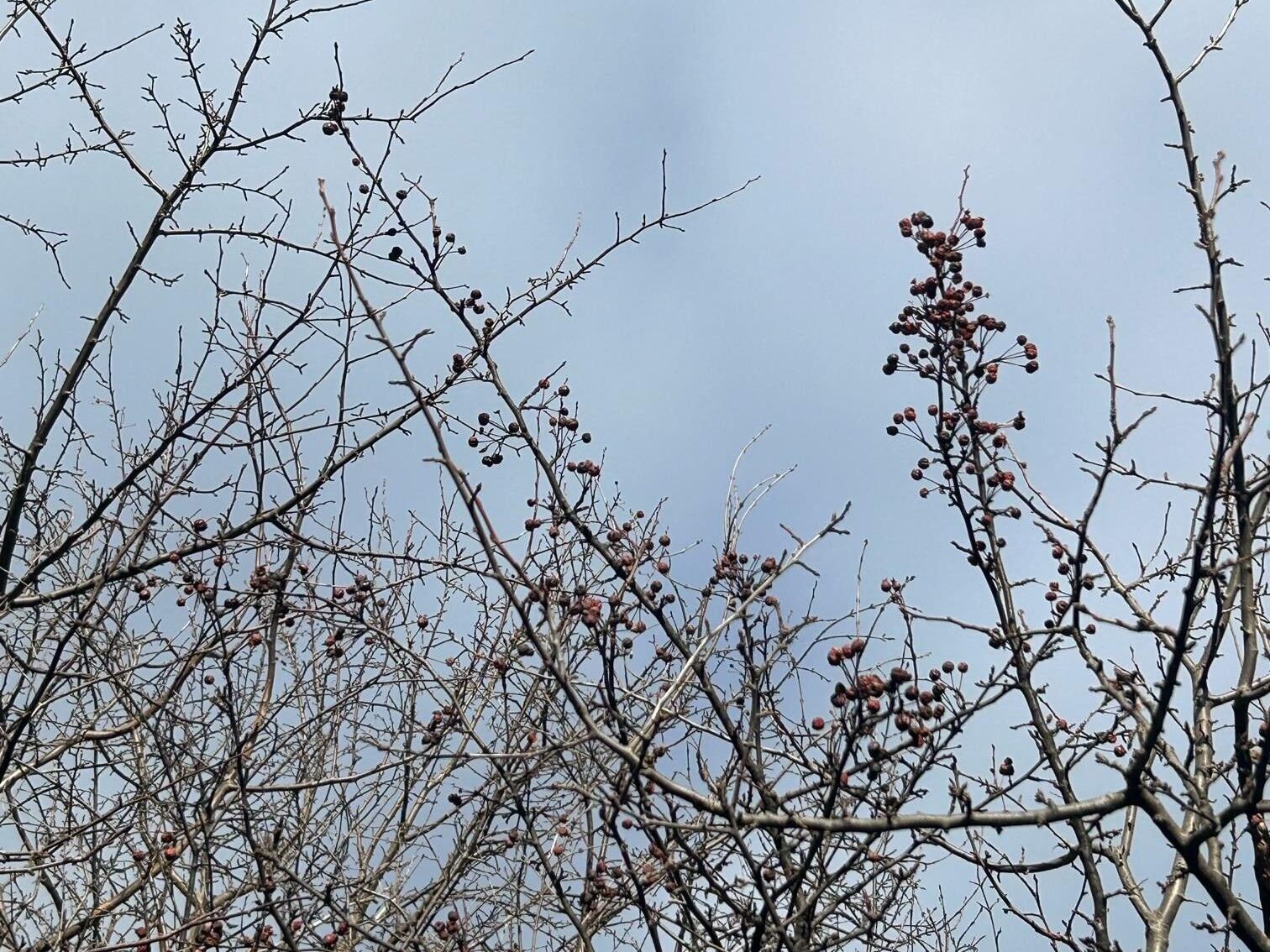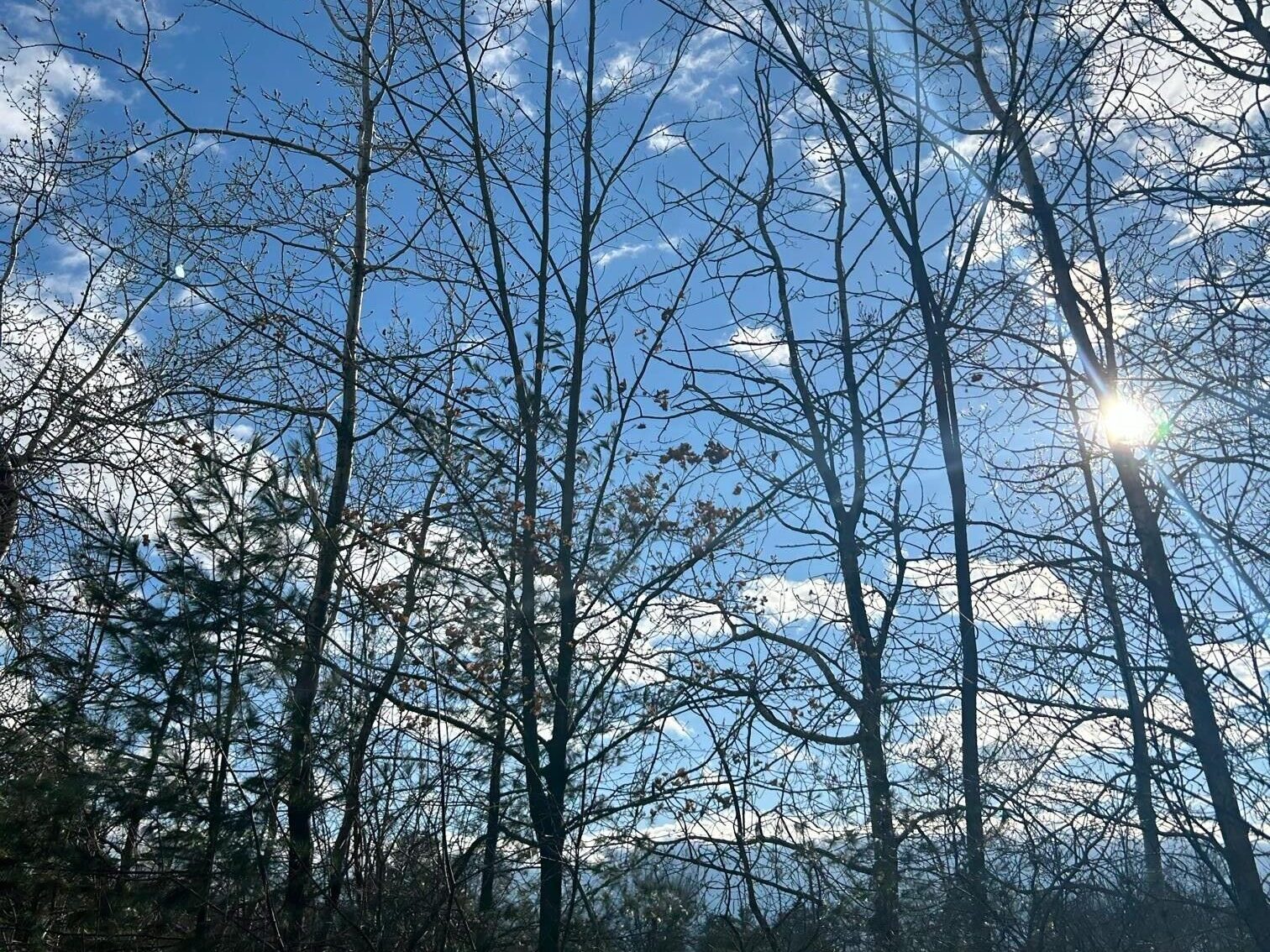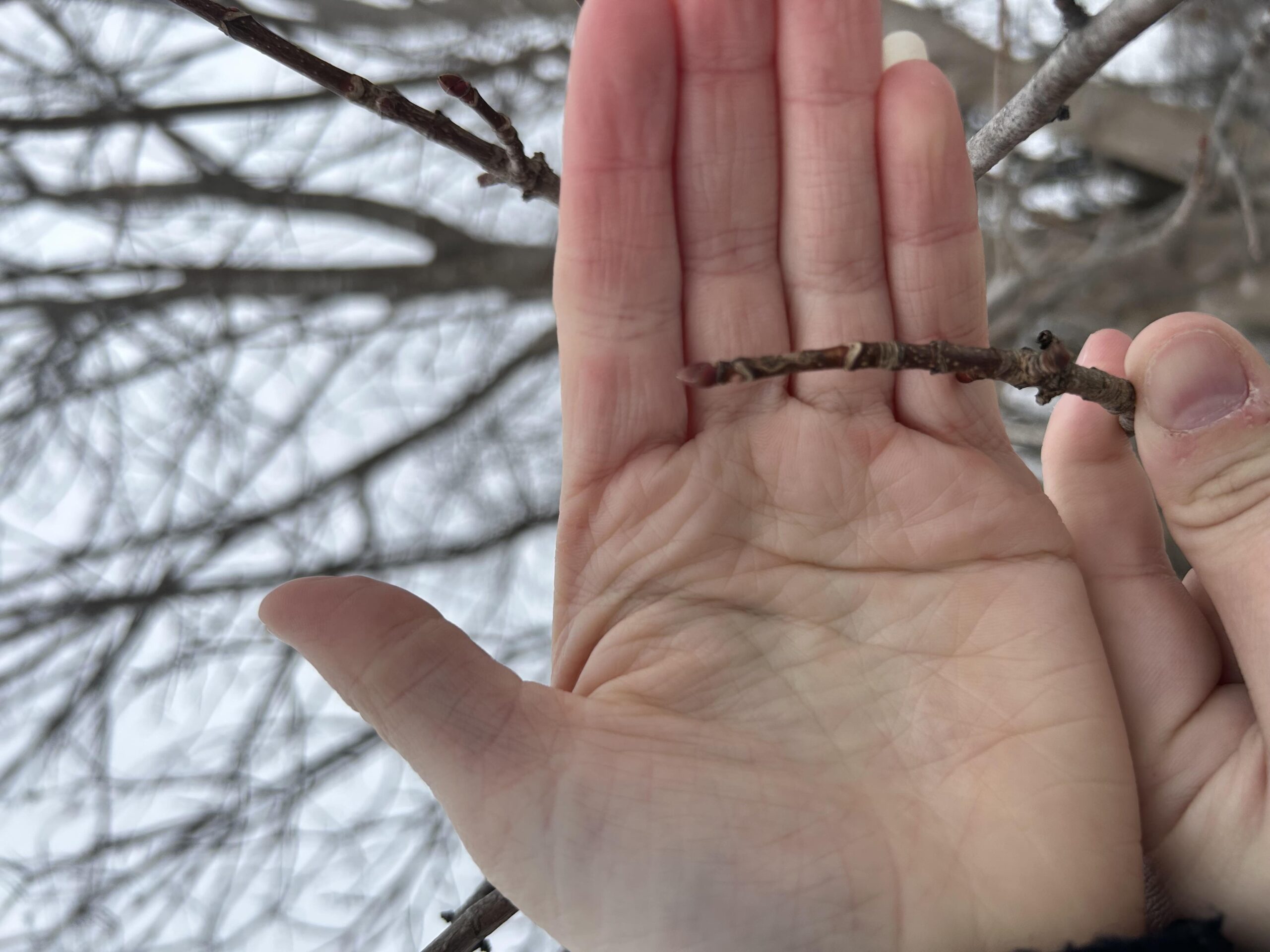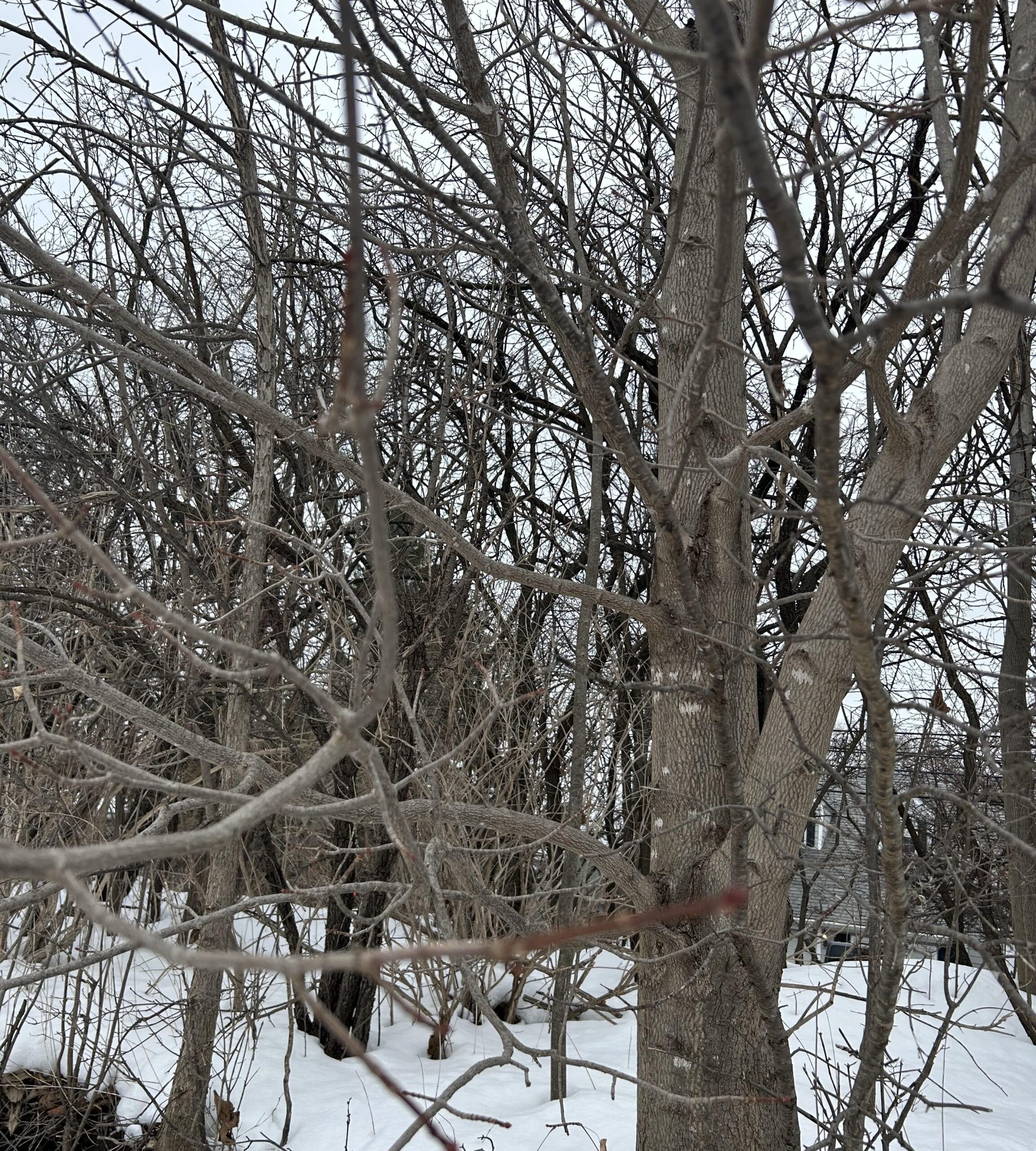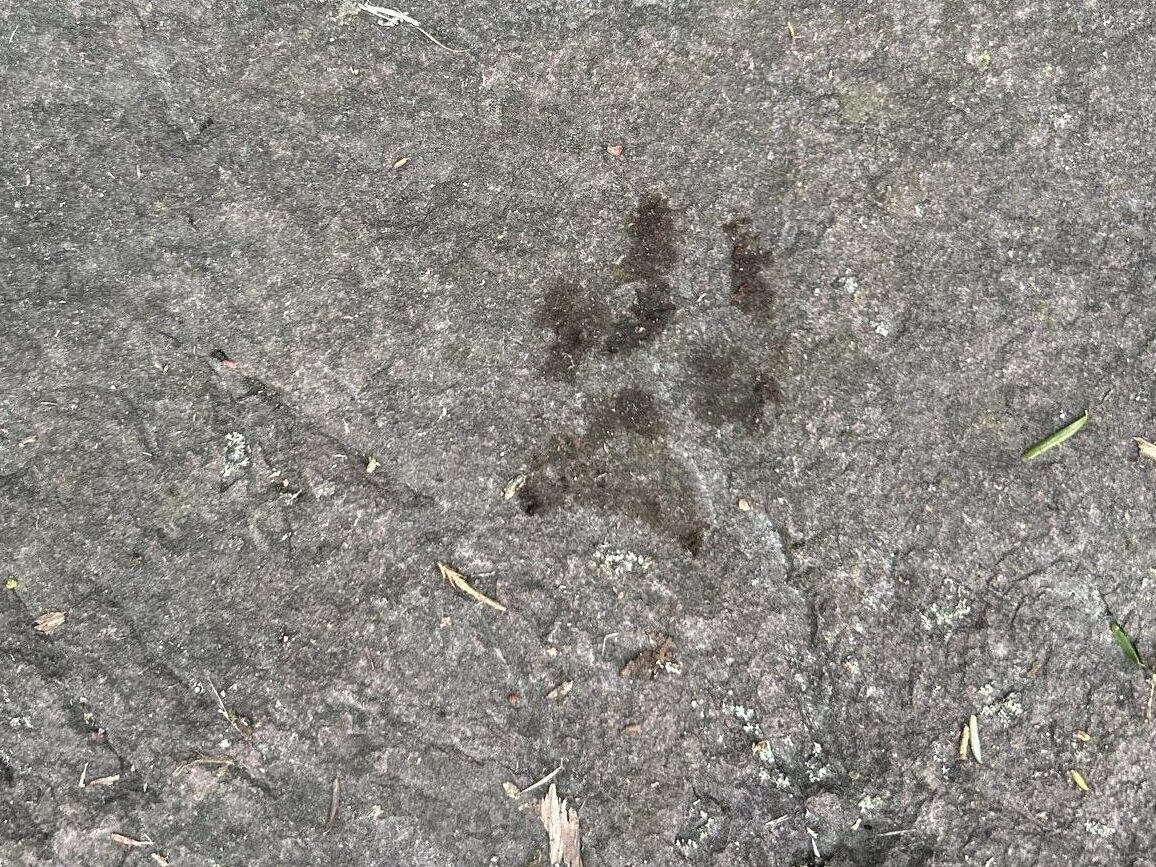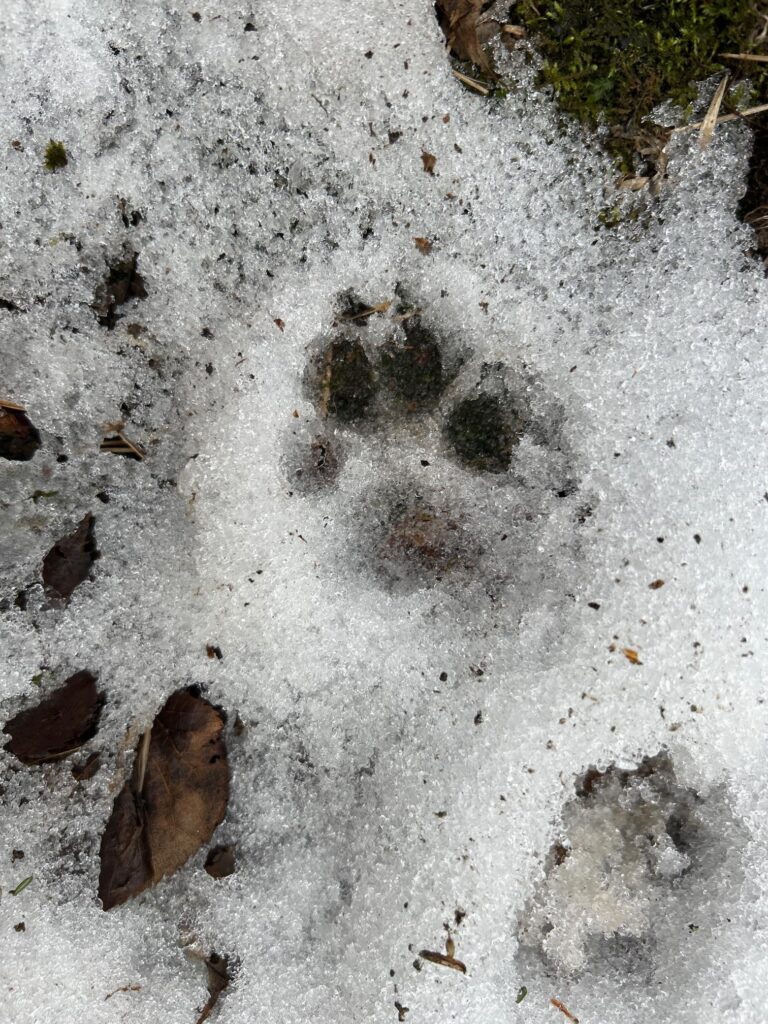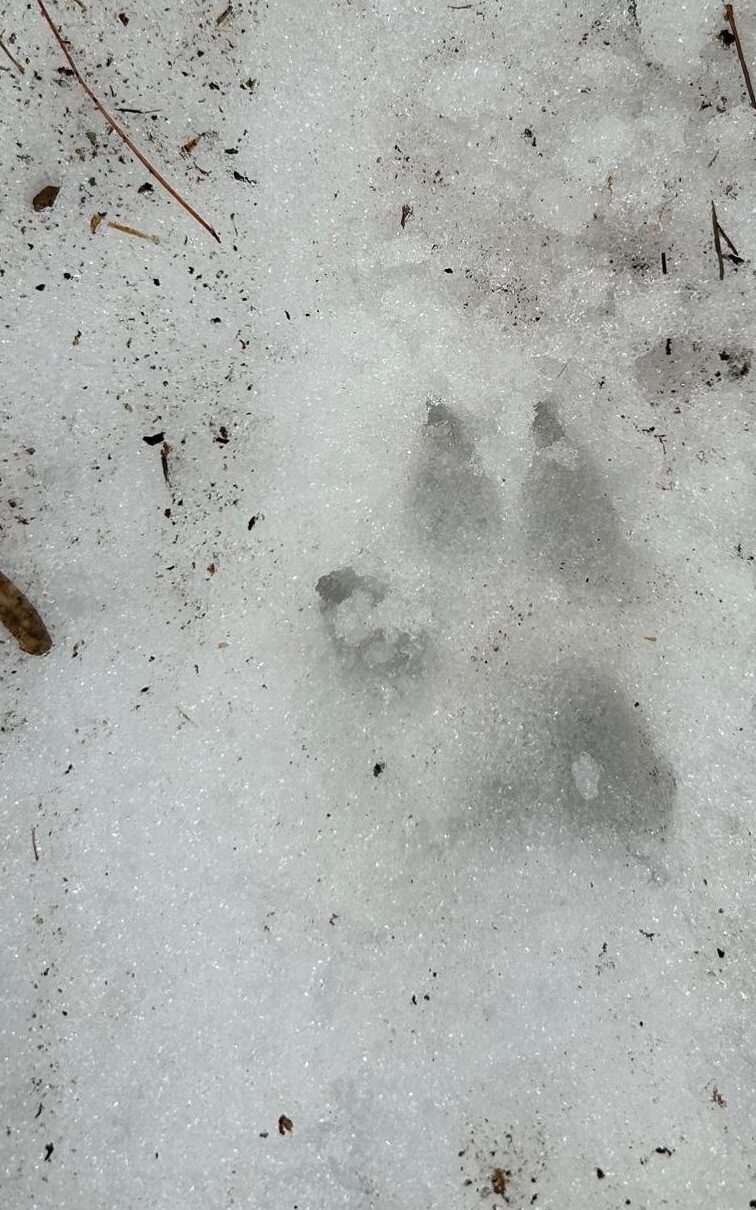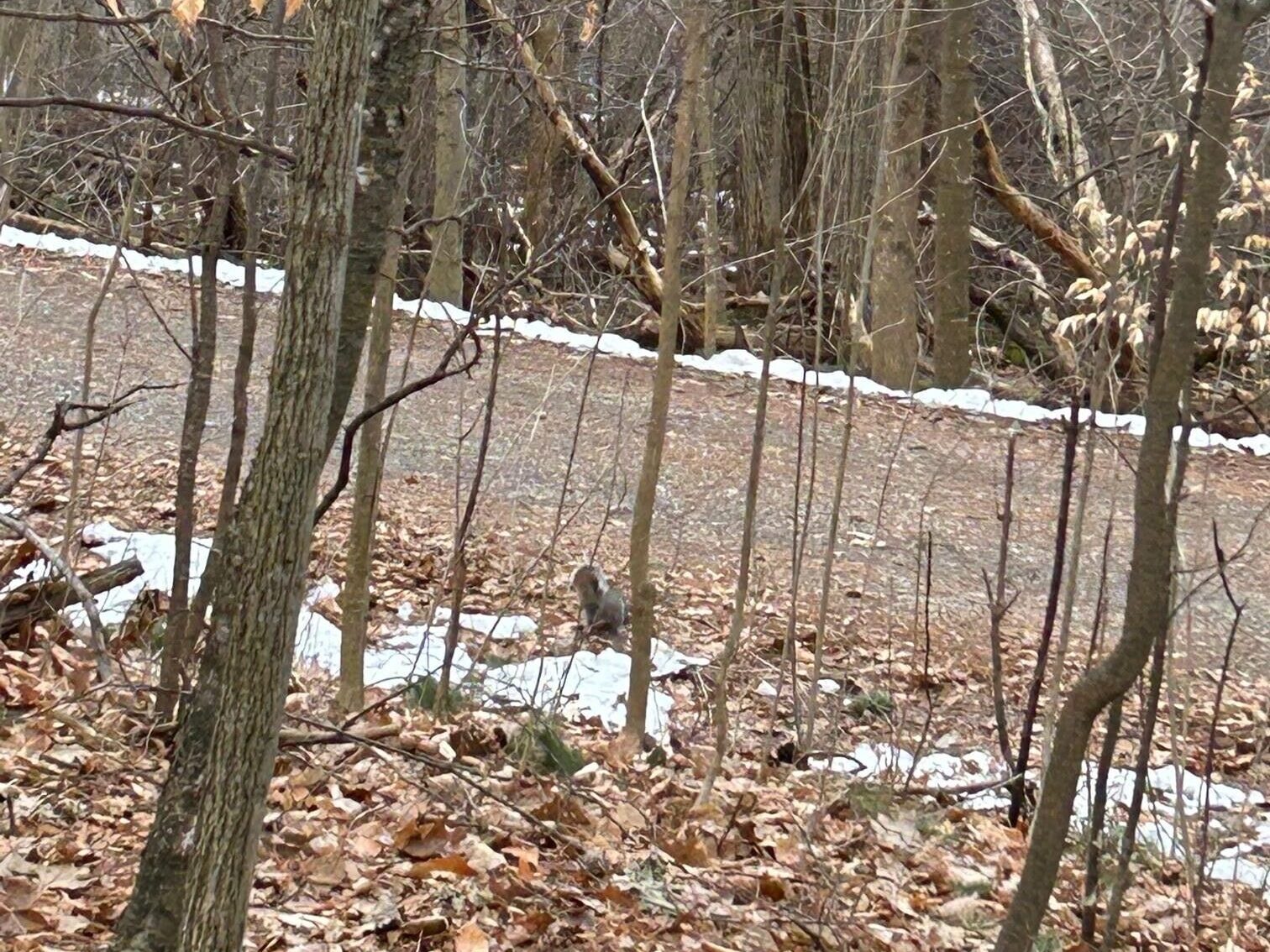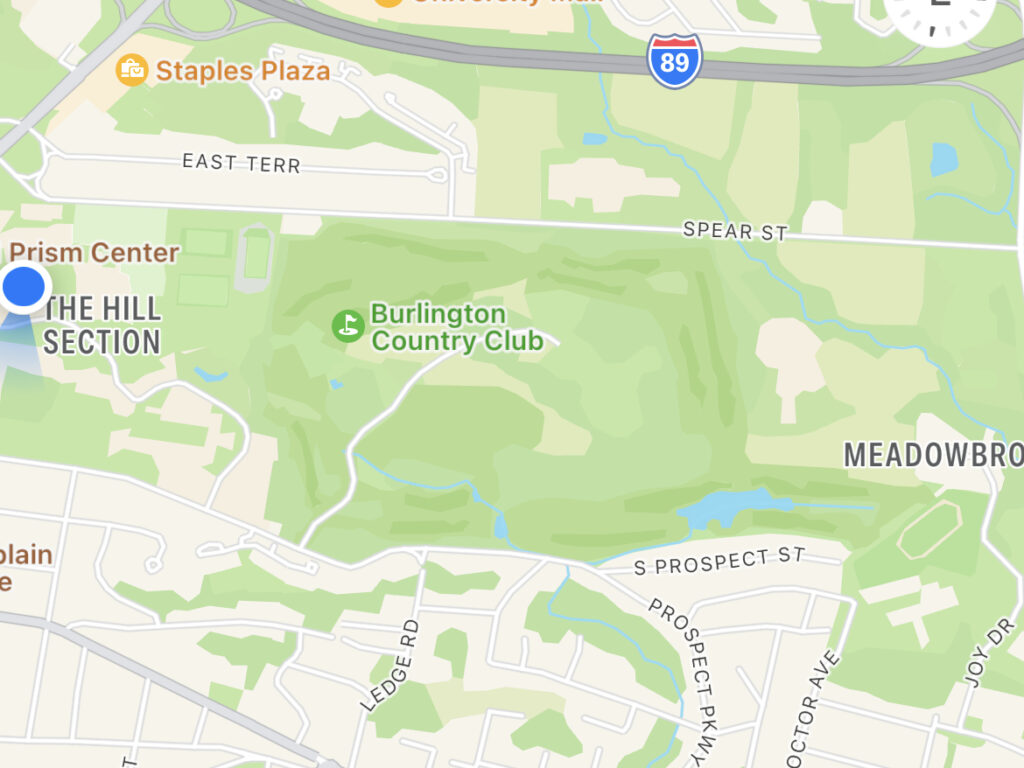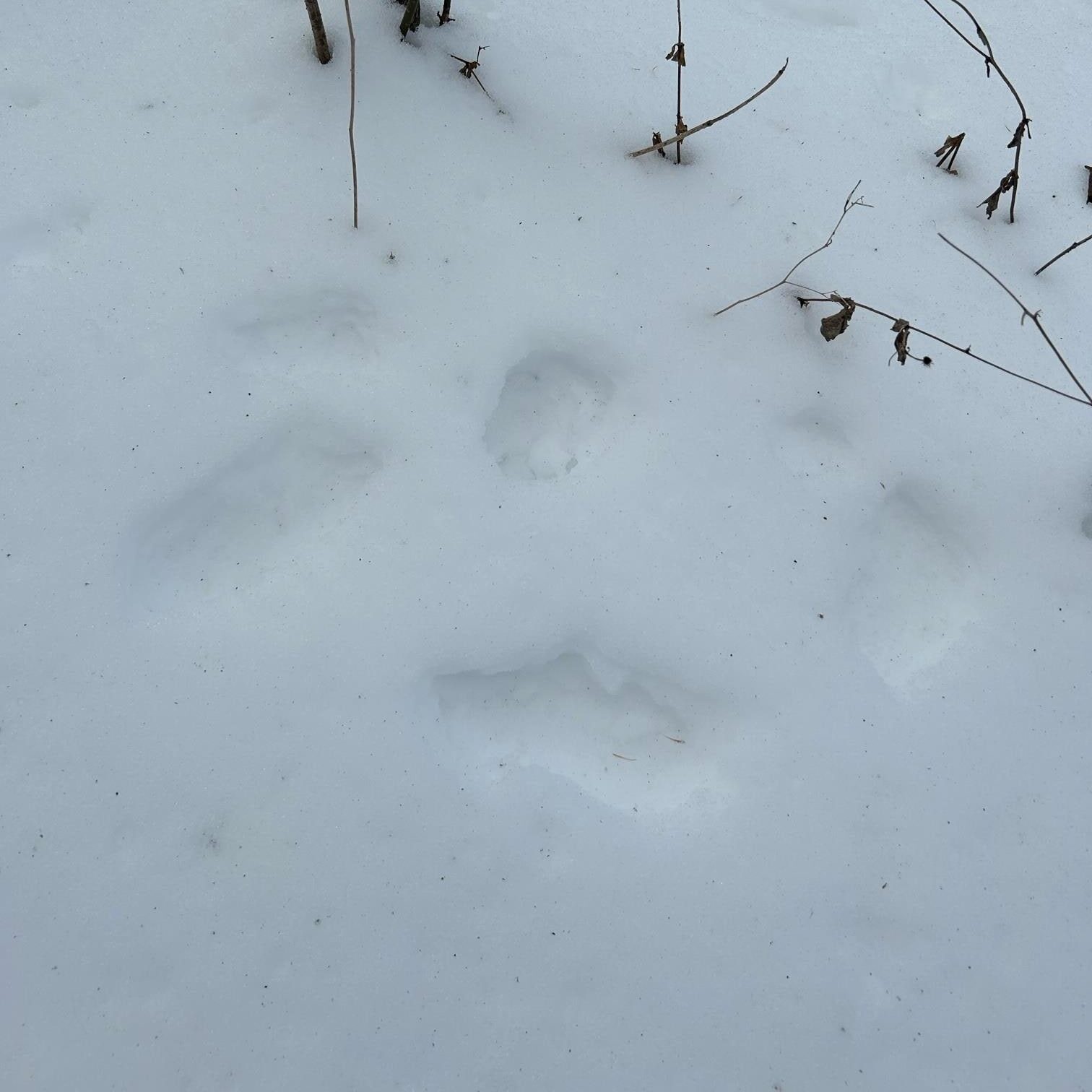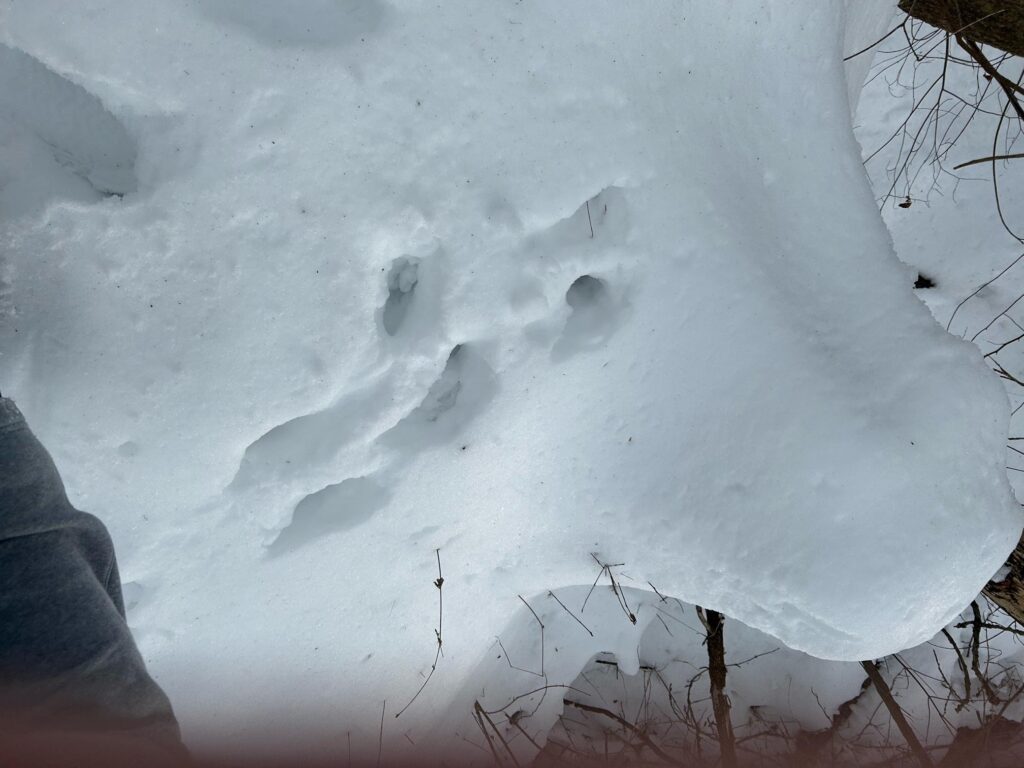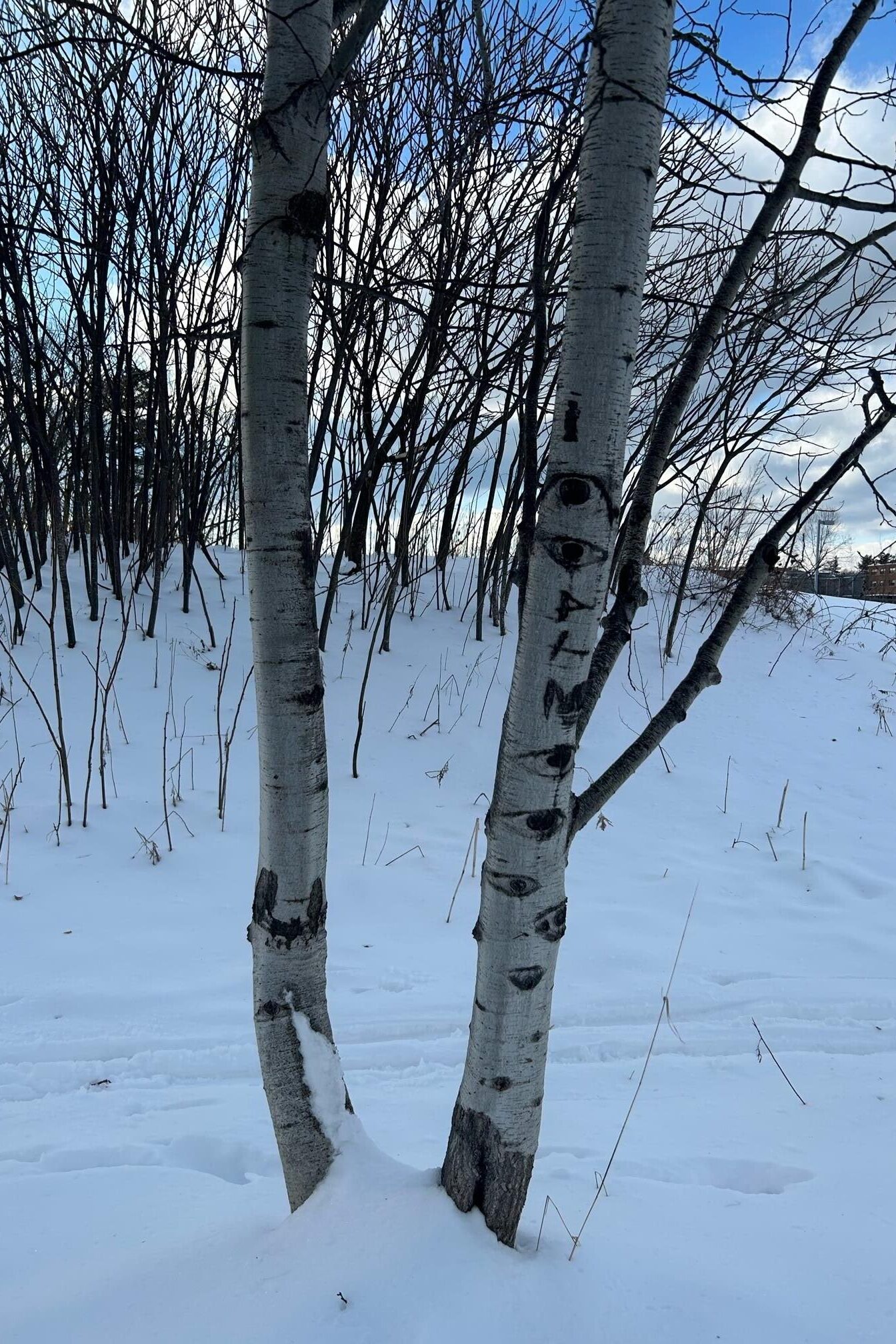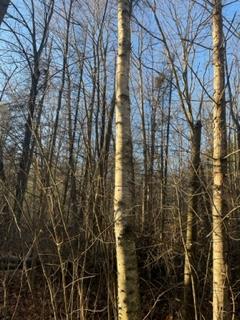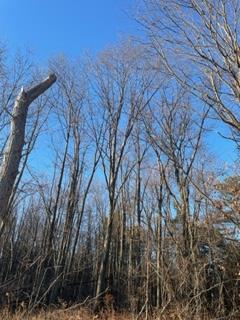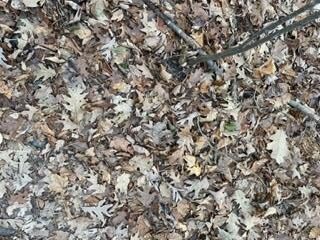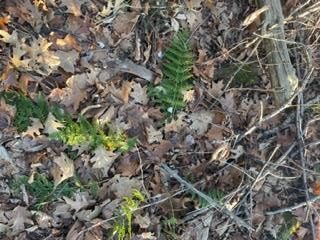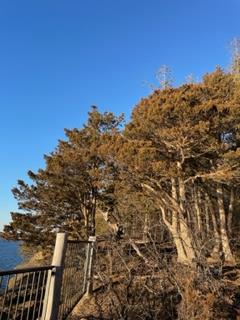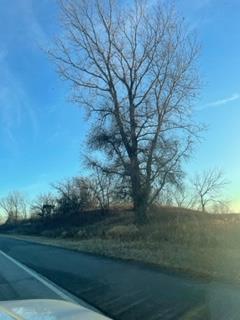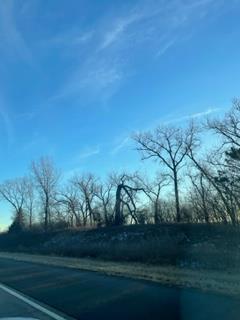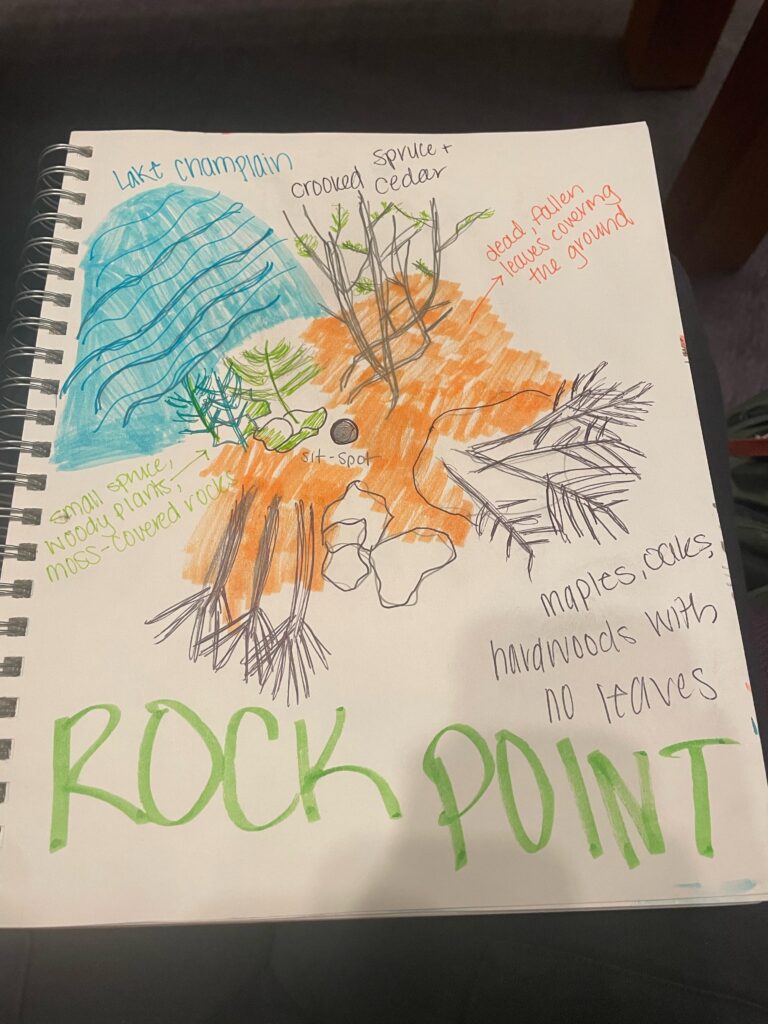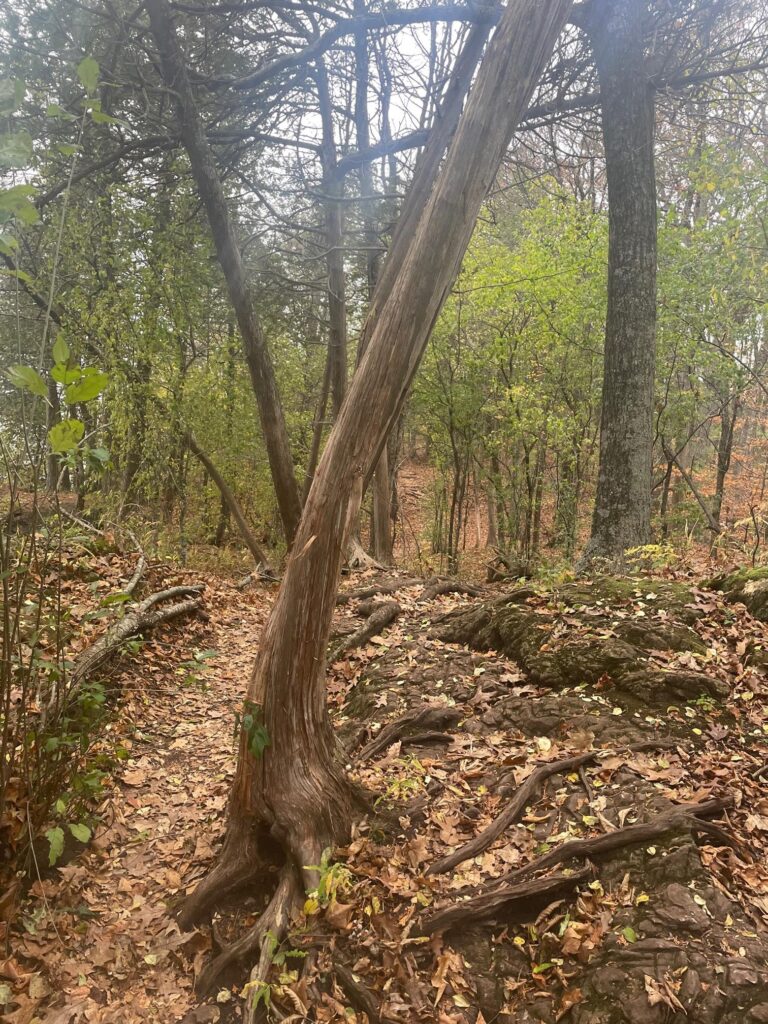May 5, 2023
I did not get the chance to explore a ton during the BioBlitz because my dad was in town and we were moving a bunch of my stuff out of the dorm. However, the last few days of the challenge I found some species across campus that looked interesting to me. I enjoyed exploring around campus because I think it helped me notice the species that I pass frequently but do not pay much attention to. I hope I get to participate more in the future years and get out into the Greater Burlington area! I liked using iNaturalist for this because I find it pretty easy to use, and it can help you identify species as well. Posting on there is very simple, and it is nice that once you made an observation it automatically was added to the project.
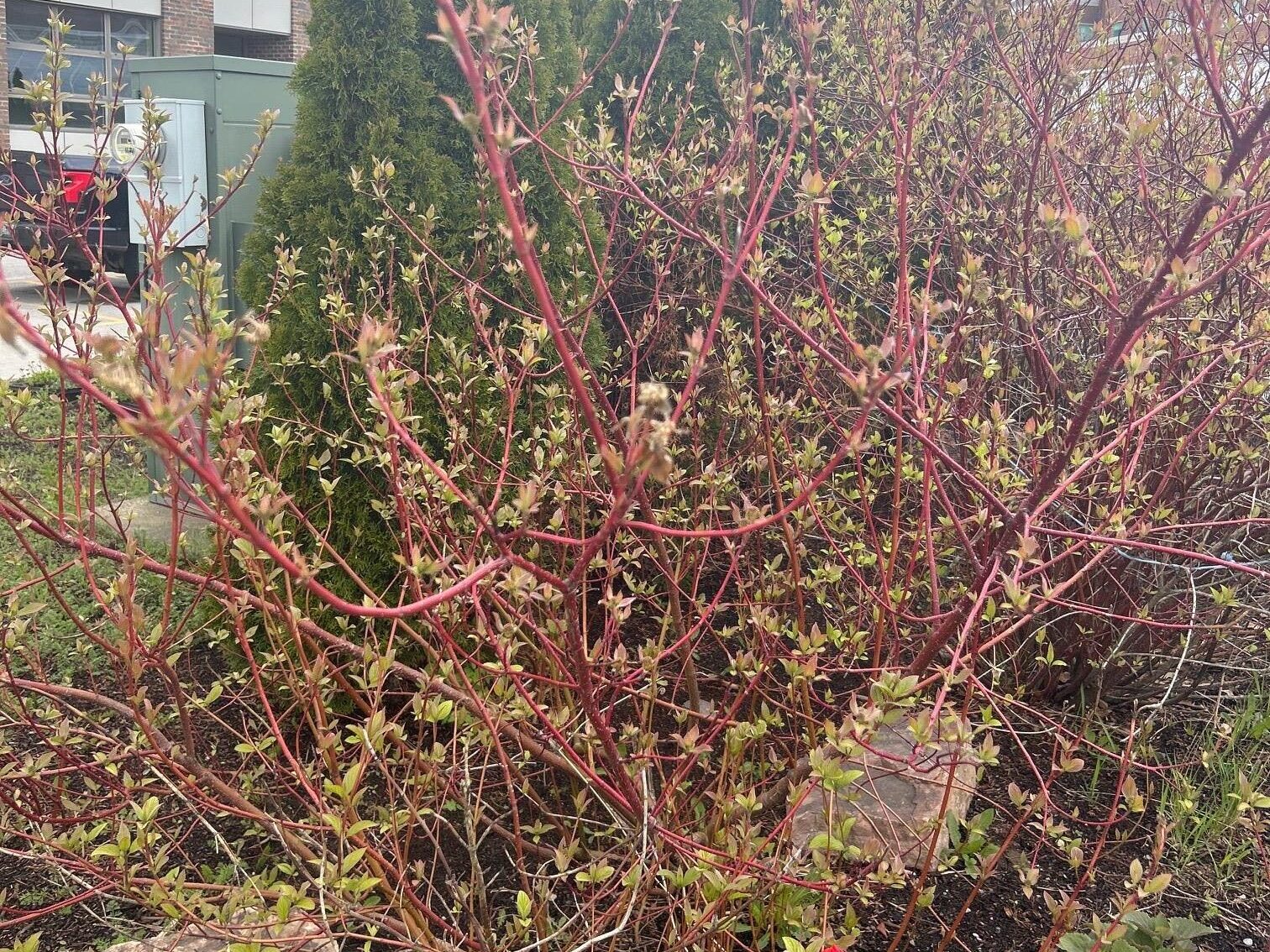
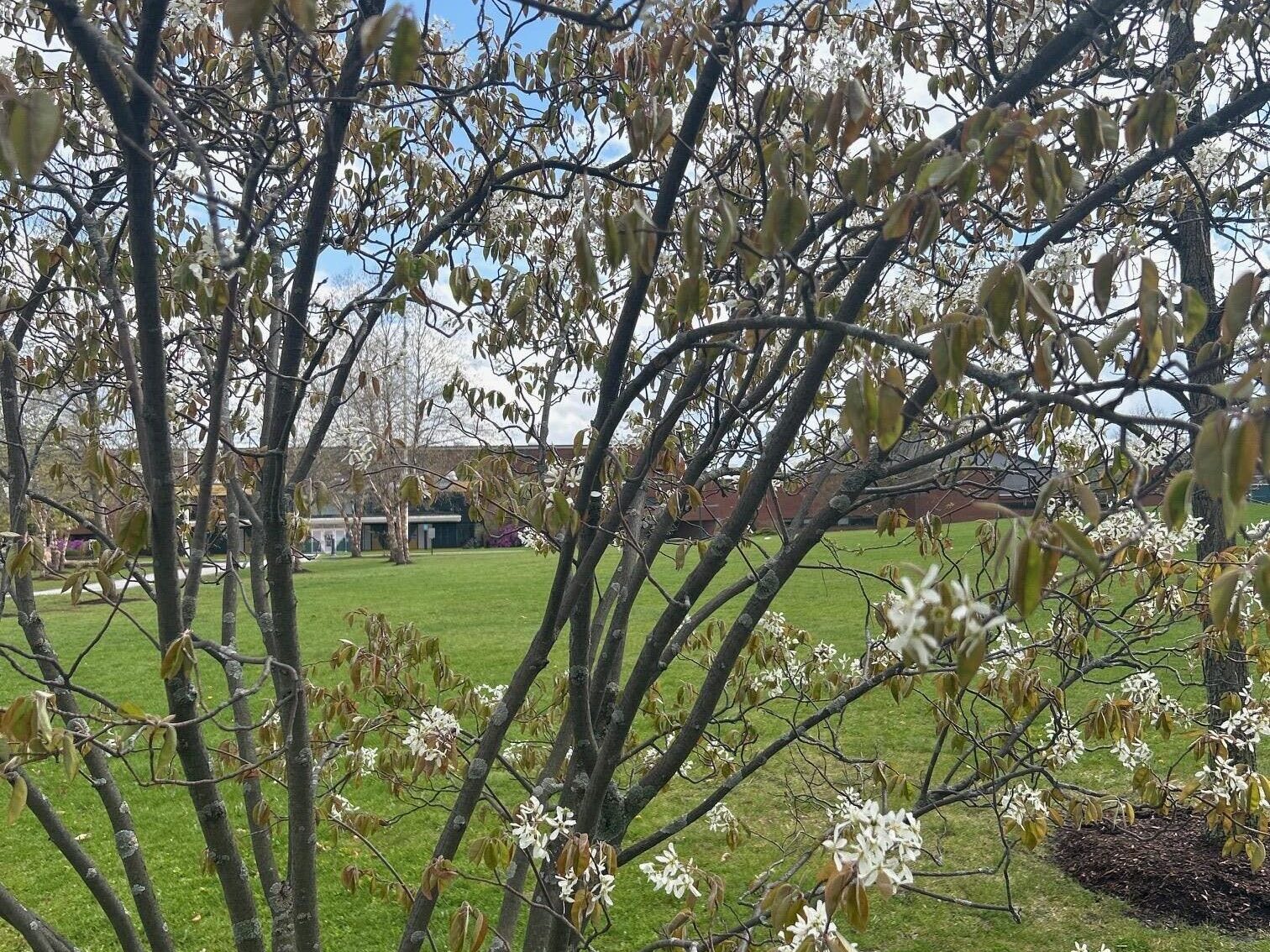
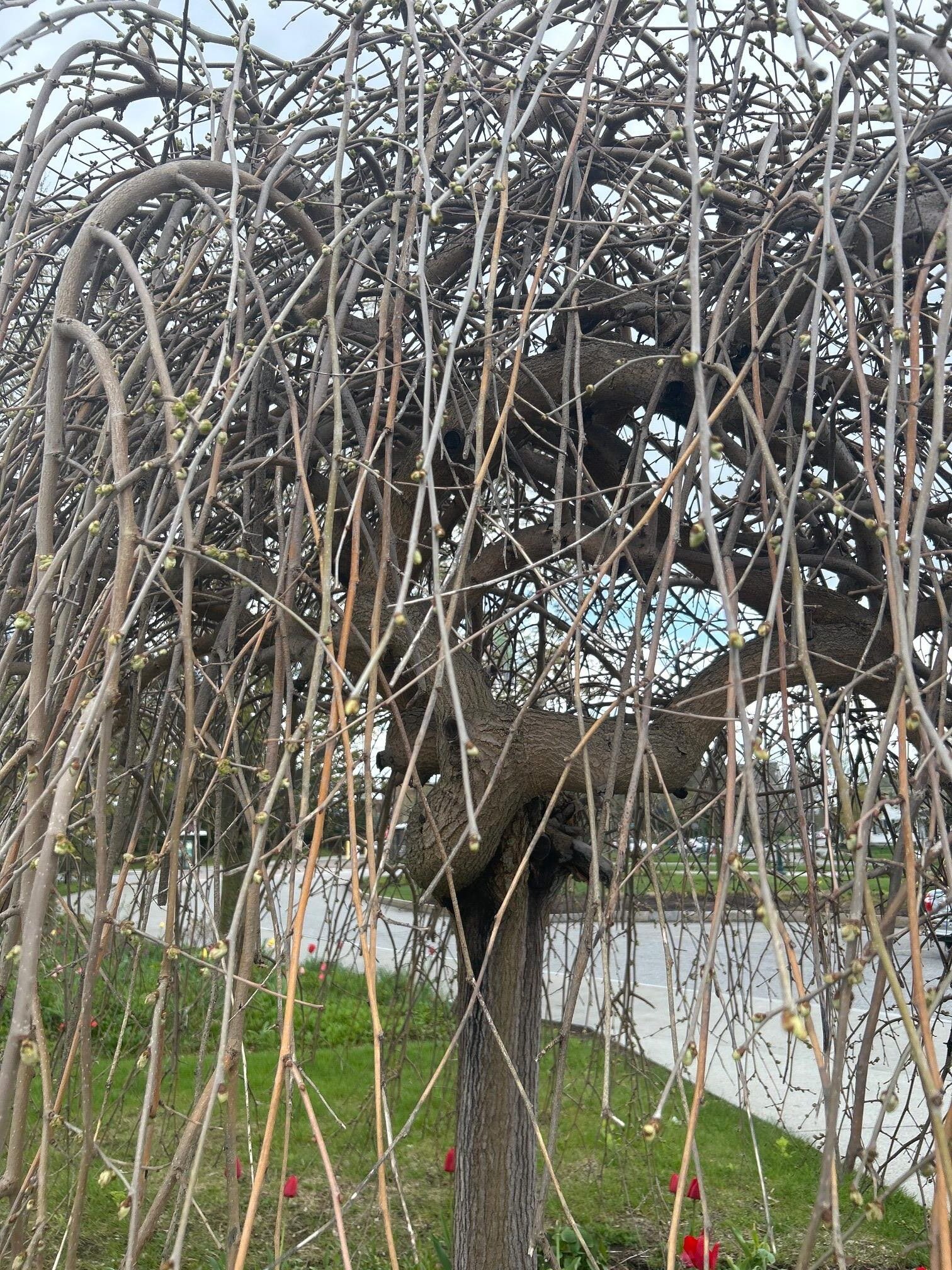
These were some of the species I encountered while I was out! I was not able to identify the species in the photo above, but the others. Overall since I did not have much time to get out and observe species, I probably encountered 10 or so while I was on campus that I was actively observing.

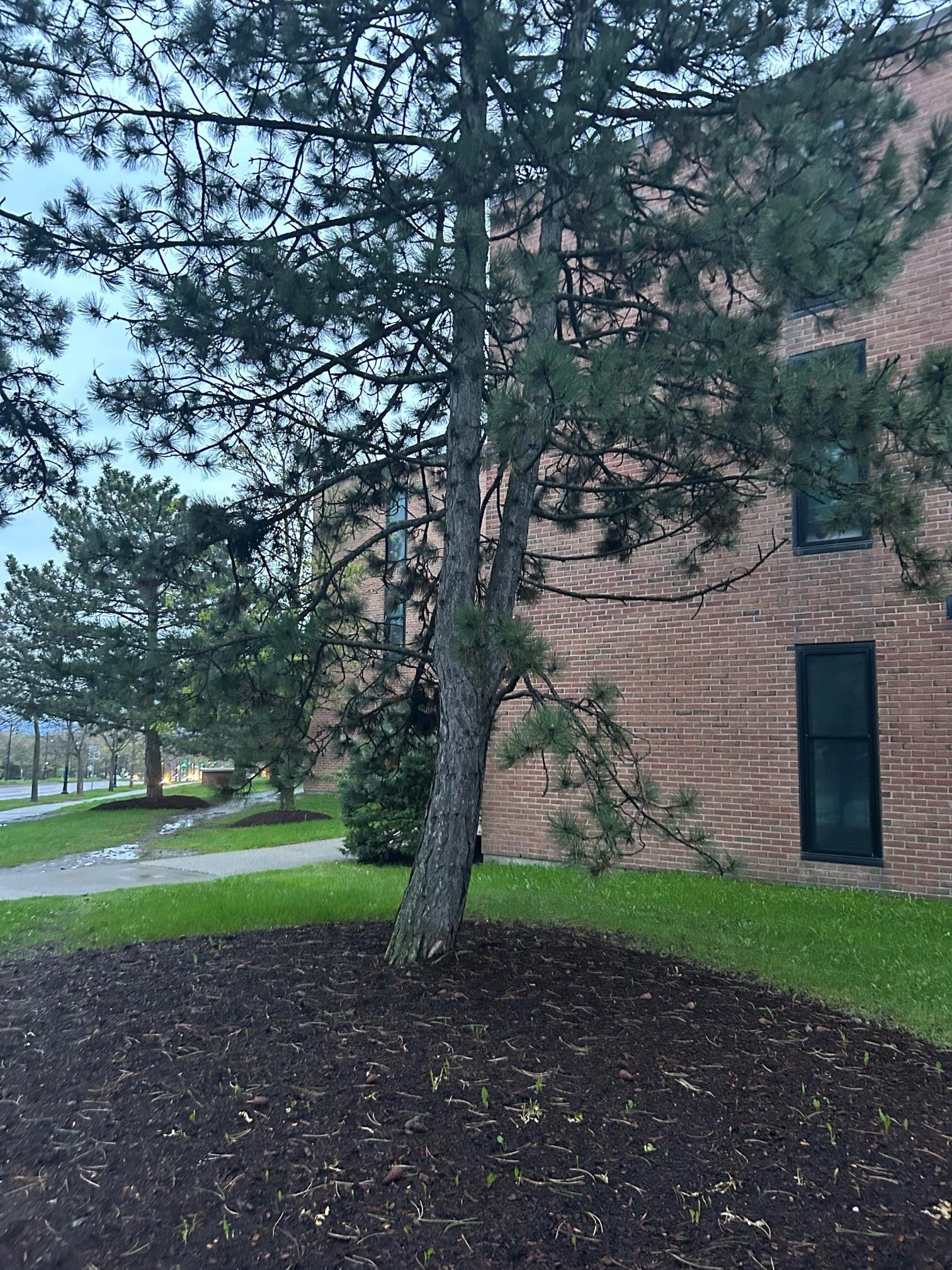
Looking at the City Nature Challenge website, I was surprised to see a lot of global participants from places that I have never even heard of. It was interesting to see how many people and places participate all across the world. I looked into Cape Town more specifically because I don’t know a lot about the species in that area of the world and was curious. They have a ton of really cool bird species on there!! I enjoyed looking at the different plants and animals they saw because I knew most of them are not species I would ever encounter unless I went to that region. I love that this project connects us to other places across the globe and gives us a glimpse into their landscapes. I would have never guessed that Cape Town is one of the biggest participants in this challenge!
